When I pitch the idea of trying Plastic-Free July to Felicity, the co-founder of PRIMER, she pauses. “That should be… interesting.”
Interesting? I ask, defensively.
“Well you’re not exactly very environmental, are you?”.
It’s true. On my list of priorities, “reducing my carbon footprint” hovers somewhere between “drinking less wine” and “doing more at-home workouts”. Something I mean to do – and regularly attempt – but never quite succeed at.
I’m not completely hopeless. As I’ve learned more about climate change, I’ve made myriad small changes around my house, from swapping clingfilm for beeswax wraps and plastic razors for metal ones, to purchasing my toilet paper from Who Gives A Crap (their TP is not only recycled but also delivers 50 per cent of profits to sanitisation projects).
But as Earth-Mother-esque as this may make me feel, even I know that these changes hardly cancel out my family’s larger environmental infractions: the disposable nappies, the SUV, near-constant use of the washing machine, and the trips overseas, including regular flights back to New Zealand to see family (back when flying was still a thing).
As Earth-Mother-esque as this may make me feel, I know it hardly cancels out the disposable nappies, wipes, SUV and overseas trips
With Plastic-Free July looming – and news that just 16 per cent of Australian rubbish is recycled – I decide it’s time to up the ante. So, I call in the big guns: an ex-magazine colleague, Lottie Dalziel, who now runs eco-friendly supplies shop, Banish, and an environmental consultancy for companies wanting to reduce their waste. I figure that if she can give huge national organisations a green makeover, she can pull my two-bedroom semi into line.
The audit
On the morning of the audit I look around our living room, which – it is suddenly clear to me – is a wasteland of brightly coloured plastic toys, and I start to feel nervous. How realistic is it, really, for a family of four to go plastic-free?
It hasn’t escaped me that many of the eco-warriors I follow (and admire) on social media don’t have children, and I’ve always been slightly sceptical about how they’d hold up against the onslaught of plastic Frozen toys and pre-packaged snacks if they did.
Since having kids, I’ve also become wary of the fetishization of all things natural. Disposable nappies and wipes, as well as dryers, microwaves and pre-packaged food might not be environmentally friendly, but as the French philosopher Elisabeth Badinter argues, these types of innovations played a critical role in women’s liberation. “Between the protection of trees and the liberty of women, my choice is clear,” she writes. Somehow, by the time Lottie arrives, I’m feeling not only defensive but slightly self-righteous.
But Lottie is super easy-going and practical, and after a quick rummage through my bins tells me my household waste “isn’t actually too bad”.
“I’d give you a B,” she says of our overall household environmental efforts.
Our biggest problem, apparently, is failing to separate our rubbish properly, and not recognising that soft or “scrunchable” plastic can’t go in the recycling bin. (It has to be taken to special recycling stations or drop-off points – often at supermarkets).
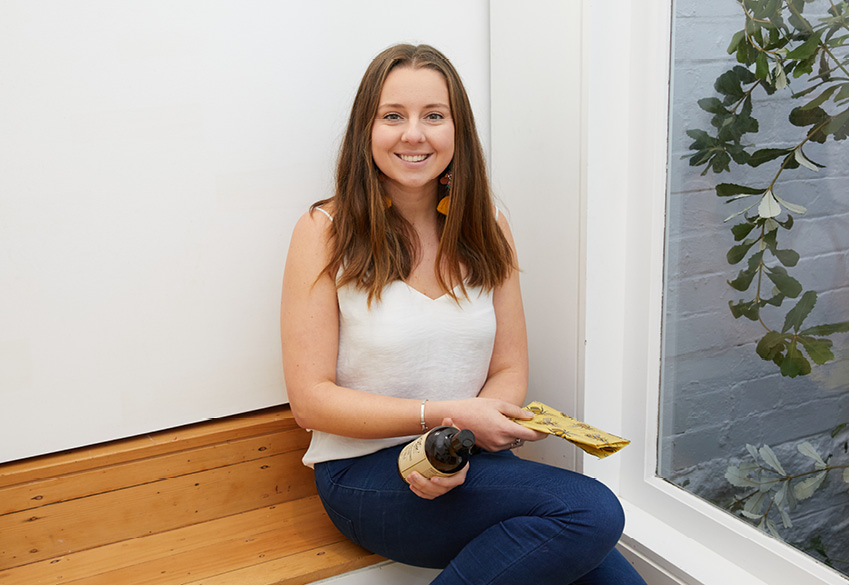

Reducing the amount of waste that goes into landfill is critical, she explains. This is partly because waste (especially food waste) creates methane gas as it decomposes in landfill, and partly because in 2018 China stopped accepting many types of recyclable waste from Australia. This means that every year millions of tonnes of rubbish that are perfectly recyclable are, in fact, going straight to landfill.
As she tours our house Lottie points out lots of things that I thought were environmental but are apparently not. The natural-looking ‘degradable’ ‘Greener’ cling wrap that my husband proudly brought into the house is a “perfect example” of greenwashing, Lottie tells me. “Biodegradable means it fully breaks down, whereas ‘degradable’ means it just breaks down to really tiny pieces of plastic.”
My habit of washing the Chux kitchen cloths (rather than throwing them in the bin as my husband prefers to do) is actually releasing tiny micro-plastics into the waterways. A reusable, non-synthetic dishcloth would be preferable, says Lottie.
And those artfully designed planet-friendly takeaway coffee cups that I thought were recyclable? They’re lined with bio-plastic to stop leaks. And even though bio-plastic is created using plants not petroleum, it’s still plastic and can’t be recycled in Australia. Yep, it, too, goes straight to landfill.
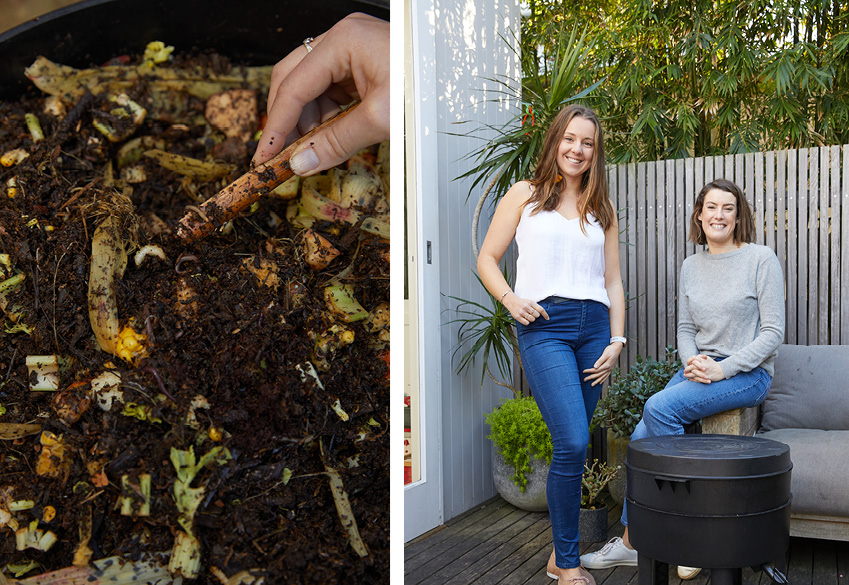

Lottie makes lots of helpful suggestions and some that are less practical. At one point, she earnestly tells me that she cleans stains in her own (child-free) home by covering them with small piles of baking soda and leaving them for an hour or two. I explain that our whole house would be covered in small piles of baking soda if we tried that.
But her feedback is insightful, and over the next few weeks we put a lot of Lottie’s suggestions into practice. Here’s what worked:
Worm farm
Although I feel like the ultimate cliché – a Bondi mum buying a worm farm – we buy a Tumbleweed worm farm from Bunnings and it’s a huge success: the kids love setting it up, ‘feeding’ the worms, and spreading the “worm tea” (the nutrient-rich water the worm farm produces) on the garden. The only downside? Worms need time to adjust to food scraps and so you have to start giving them small amounts and build up. Two weeks later they still seem to be acclimatising to the seriously vast amount of vegetables our children reject on a daily basis. (And, no, in case you’re wondering the worm farm doesn’t smell.)
Switching brands
Where possible, I’ve switched to ecostore products, at Lottie’s suggestion. The packaging, while still plastic, is made using sugar-cane rather than petroleum (which means less carbon) and they don’t contain nasties like microbeads. In NZ, ecostore has refilling stations at 60 supermarkets, and they’re starting to roll out refilling stations in Australia, too (at Flora and Fauna). I’m also keen to try Dirt, which offers refillables, and I’m currently using the heavenly-smelling May Clementine dishwashing liquid from Lottie’s site Banish.
Switching to cakes of soap
I’m very loyal to Thankyou products as they deliver 100 per cent of profits to projects, but will start using their cakes of soap rather than the bodywash that comes in a plastic bottle.
Sorting our recyclables
Before Lottie’s visit, we sorted our kitchen rubbish into recyclable and non-recyclable, which inevitably meant that due to laziness and trying to sort rubbish into various council bins in the dark outside, the wrong things end up in the wrong bins. Now, we have four separate bins in the kitchen – landfill, cardboard/paper, hard plastic and bottles, and soft plastics. Plus our food scraps are collected in a container on the bench and fed to the worms each night.
Three weeks later…
I’m feeling better about our household environmental footprint since Lottie’s visit. Separating our rubbish out has given me a clearer idea of where we can improve (namely by buying fewer Tiny Teddies and prepackaged snacks for our kids and switching to compartmentalised ‘bento boxes that can store cheese, crackers and other snacks that don’t have to be wrapped in plastic).
The worm farm has also demonstrated just how long it takes for food to break down (the worms are still working on the leftover carrots we gave them three weeks ago) which has made me more conscious about over-buying food.
Will I ever be the type of eco-warrior who scatters baking soda around the house and brews her own kombucha? Absolutely not. But can I drastically reduce the amount of plastic we consume as a house? Yes. And what’s more, it’s surprisingly easy.




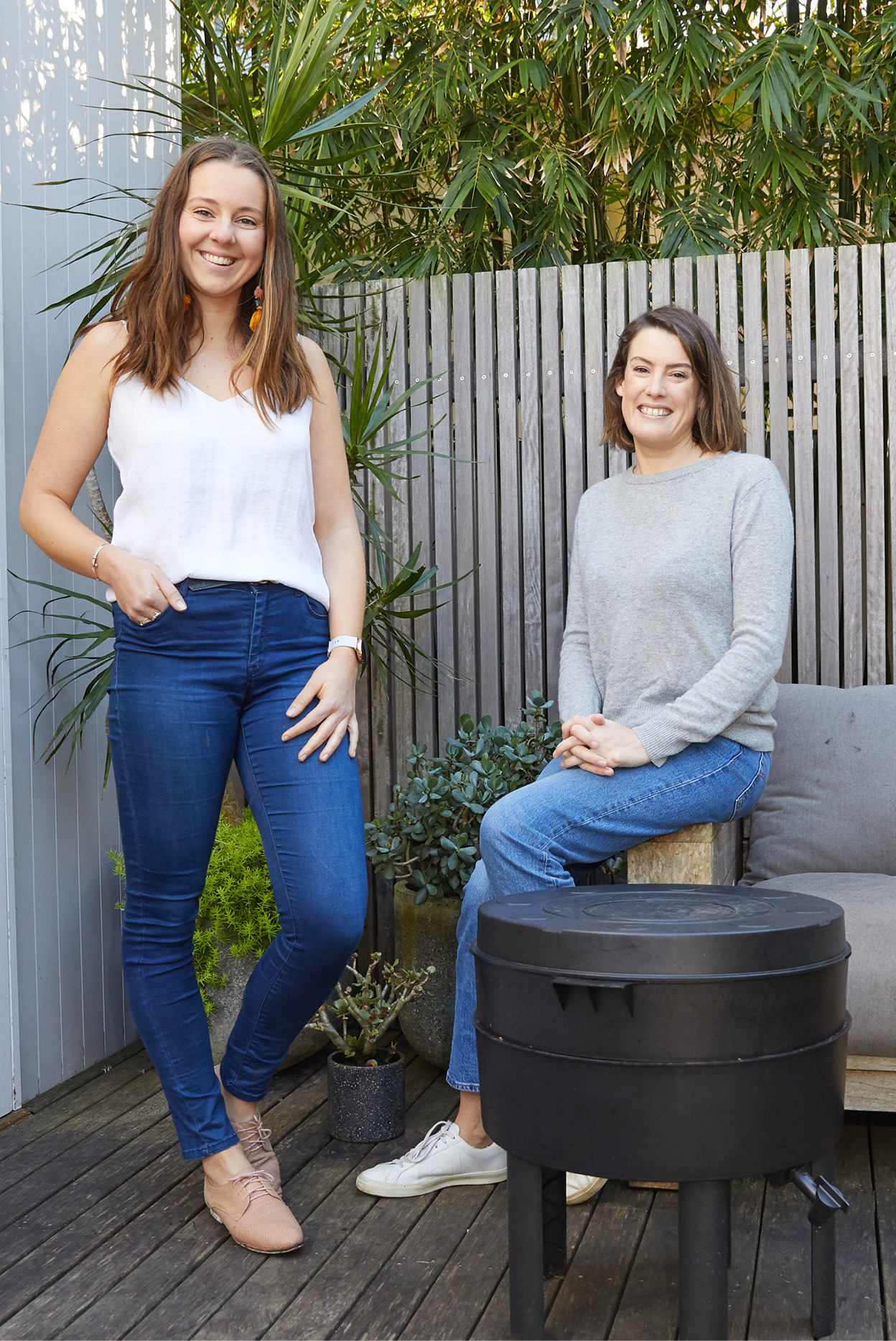

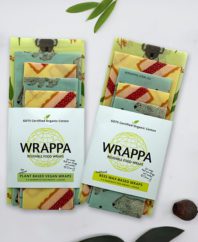
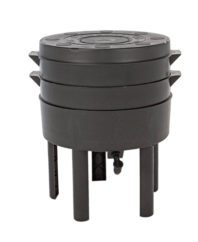
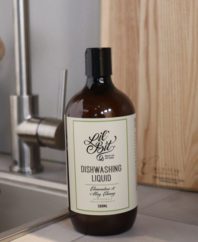
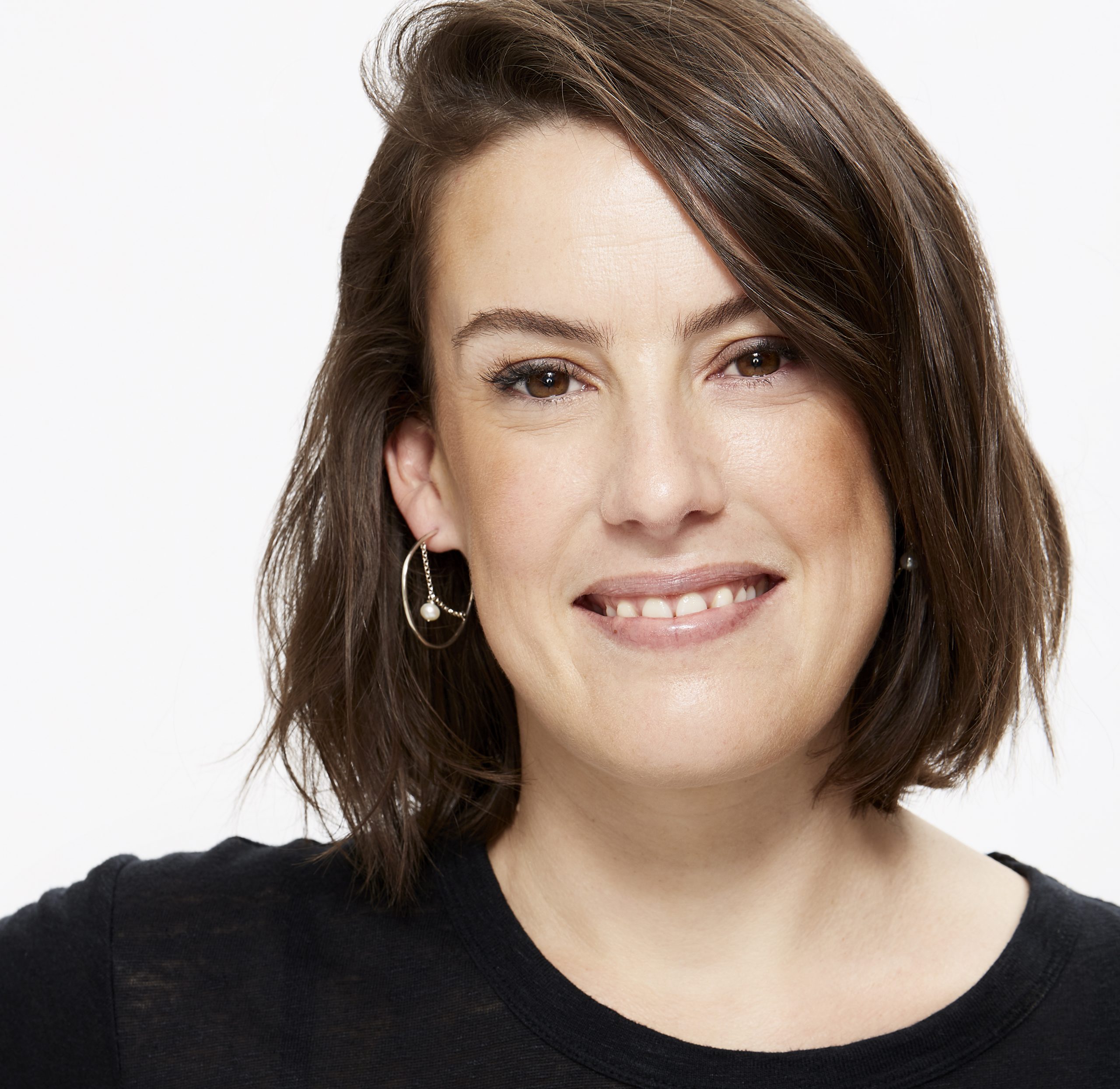


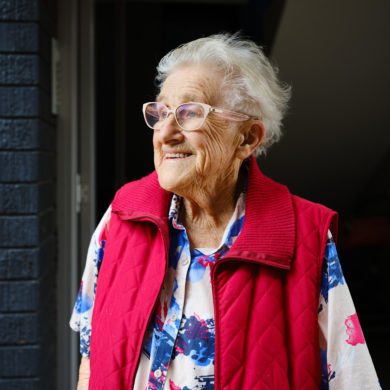
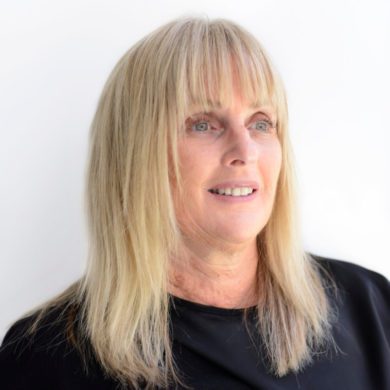
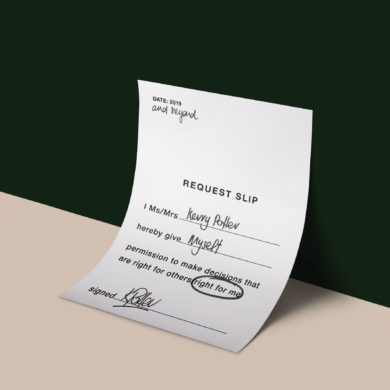
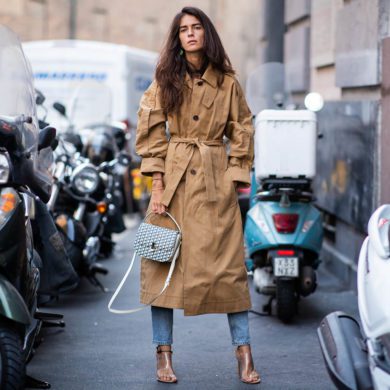

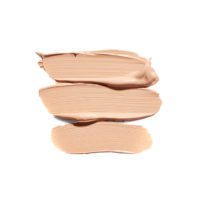
No Comments